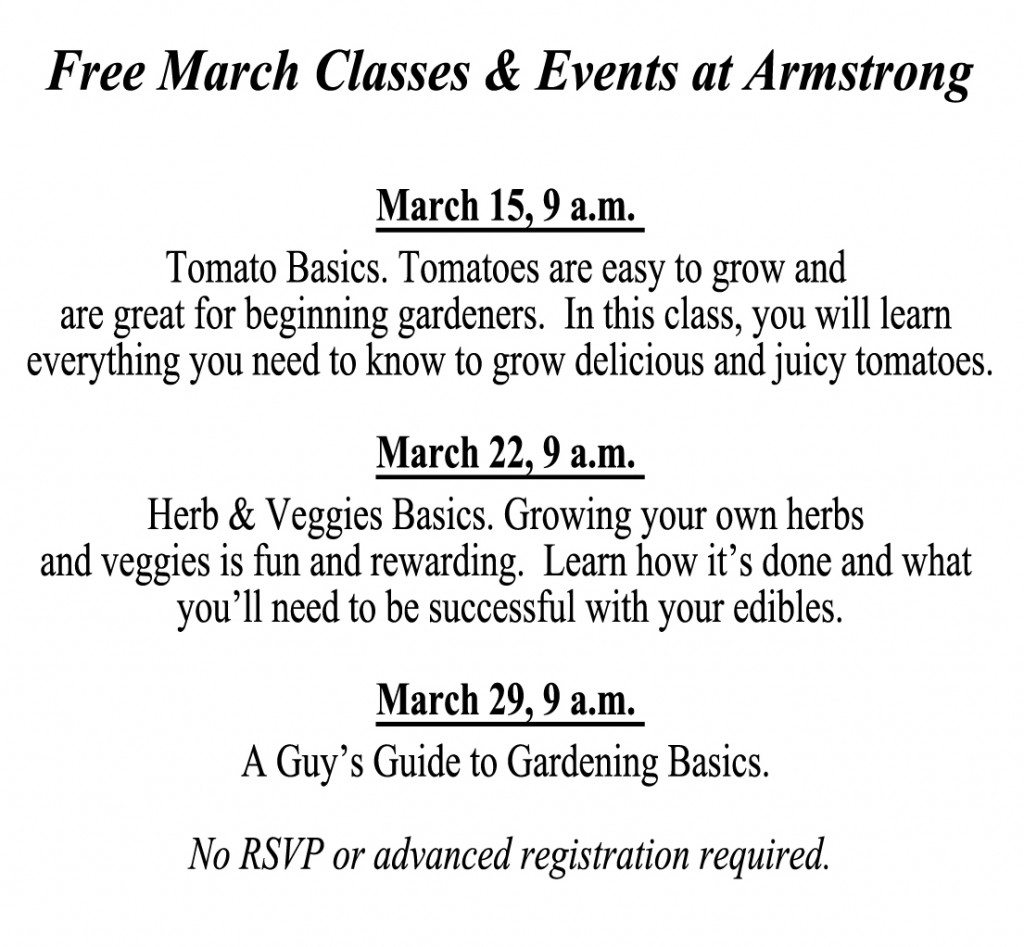By Tom Snyder | Special to the NB Indy
Did we have winter this year? Not really. But winter or not, it’s time to transition our gardens to spring.
This is always a great time of year — there’s a colorful new plant palette to choose from at the change of each season. But nothing beats the glory of spring in Newport Beach!
First, spend a little time preparing your soil. This will have a huge payoff in plant longevity and flower and vegetable production.
The rule is “feed the soil, and the soil will feed your plants.” It’s more than just feeding, though. Adding plenty of compost improves the texture of your soil in two important ways: nutrients become easier for plants to “ingest,” and your soil will hold water much better — a critical advantage on hot summer days.
Soil preparation is easy: feed and amend in one step. Apply a 2- to 3-inch layer of organic compost or planting mix. This can be homemade or bought at the garden center. Next, apply (on top of the compost) an organic plant starter fertilizer at the recommended rate. Then, with a shovel, turn the soil, compost and fertilizer to a depth of 6- to 8-inches deep. Deeper is better for vegetable gardens.
You’re now ready to plant. Nurseries and garden centers offer lots of choices. How do you decide? Start by knowing just how much sunlight your planting area gets. Observe for a least a day, and don’t guess. Full sun means eight or more hours of direct sunlight, which is great for vegetables, fruits and many flowers.
Part sun can be a mixture of things, but it must be at least four hours of sun and bright light (or dappled light) for the rest of the day. Shade can be early morning sun and shade for the rest of the day or indirect light all day long.
The only caveat to these very general sunlight guidelines is this: direct morning sun and direct afternoon sun in our Mediterranean climate are very different things. You’ll need heat-loving plants for areas that get direct afternoon sun, even if it’s only three to four hours. That’s lavender, sage, tomatoes, squash, herbs, bay laurel, rockrose, and a host of other beautiful and tough plants. The important thing is to match the plant’s light preferences to what your garden actually has.
Your next qualifier should be plant size. Measure your space. Most people are not good guesstimators of the size of their gardens. Make sure that the plants you choose will be adequate, but not monsters, in your garden. Look at the plant labels for height and width requirements. Plants look best touching, but not overcrowded. Nor will they grow well when planting space is too tight.
You’ve narrowed your choices considerably. It’s all fun from here. Simply choose your favorites. If it’s edibles you’re growing, grow only what you like to eat. You’ll be amazed how garden-fresh herbs and veggies make the store-bought kind taste absolutely bland in comparison.
If it’s flowers you’re after and you like to harvest bouquets, consider your home’s interior colors. Contrast is always good — this sparks up and enlivens a room. Take a look at home décor magazines. Flower bouquets are often the most colorful (and contrasting) décor in rooms. Also consider, of course, your home’s exterior color and the garden mood you want to create. Color can be energizing or calming.
Choose your favorites, and don’t be afraid to experiment. You may even discover a new “must-have.” Never be shy to ask questions at your local garden center. They’re there to help you, to solve problems, and to share in your triumphs. Happy gardening!
Tom Snyder is a California Certified Nursery Professional and manager of the Armstrong Garden Center at 1500 East Coast Highway in Newport Beach. For more information, call (949) 644-9510 or visit ArmstrongGarden.com.






